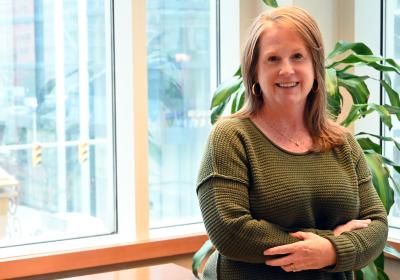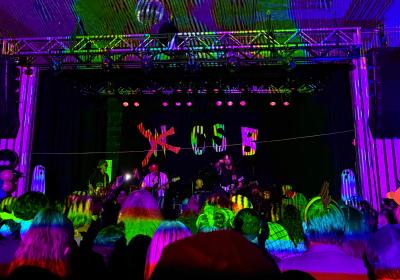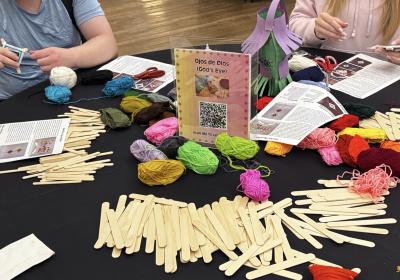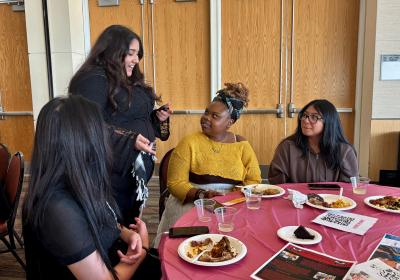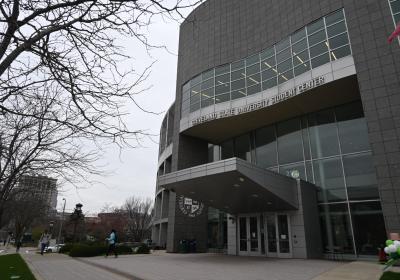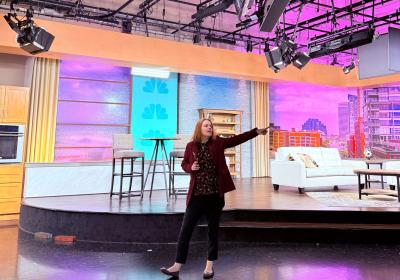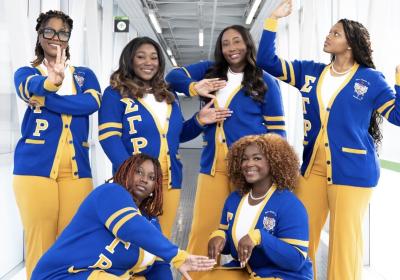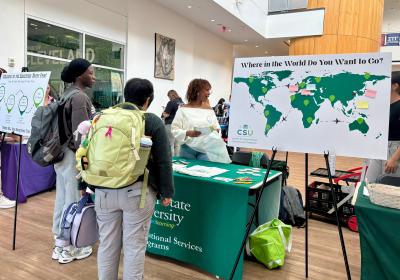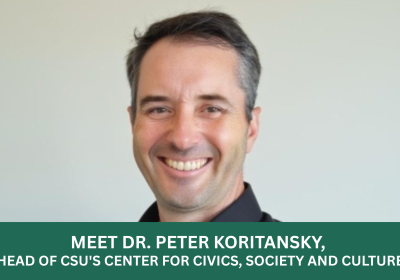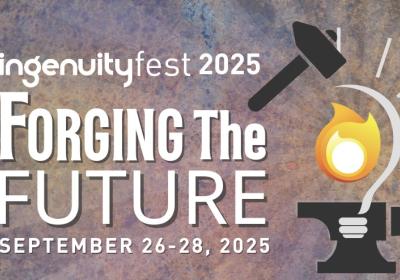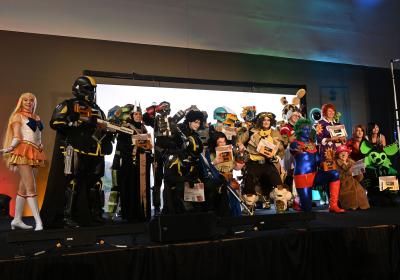
The tale of Halloween
Every year on Oct. 31, we celebrate Halloween. But what’s the history behind this day full of costumes, candy and trick-or-treating?
The origins of this spooky day date all the way back to a Celtic festival called Samhain (pronounced “sow-win”), which was celebrated annually on Oct. 31. This festival welcomed the “dark half of the year” and signaled the end of the summer harvest.
Celts believed that during Samhain, barriers between the physical and spirit worlds were broken and ghosts could return to Earth. This heightened presence of spirits was believed to make it easier for Celtic priests, or Druids, to share predictions about what lay ahead.
Druids would build sacred bonfires for people to make sacrifices and Celts would don costumes made from animals.
When the spread of Christianity reached the Celts, the Church wanted to replace Samhain with its own sanctioned holiday – All Souls’ Day. This new holiday was observed in a similar manner to Samhain, except it included parades and people dressed up as devils, angels and saints.
Another name for All Souls' Day at the time was “All-hallows” and the night before it then became “All-Hallows Eve.” Ultimately, this then became “Halloween” as we know it today.
Fast forward to the colonization of North America, and the blending of different beliefs and customs from newly arrived European, the Indigenous first peoples, and other ethnic groups created a very distinct American genre of Halloween. They held “play parties” in which people celebrated the harvest, shared ghost stories, told fortunes, danced and sang.
By the close of the 19th century, new immigrants occupied most of the post-Civil War United States, many of them Irish fleeing British repression and the Irish Potato Famine. This new population of Irish refugees is credited with popularizing the celebration of Halloween and eventually having the holiday celebrated nationally as it is today.
By the 1920s, Halloween became a truly widespread holiday. Parades and giant Halloween parties took place throughout towns to serve as the main source of entertainment for the spooky day.
Somewhere between 1920 and 1950, trick-or-treating was brought back and served as a way for the whole community to celebrate Halloween together. The “treat” aspect of this Halloween festivity actually stems from families giving the children candy in hopes to prevent any tricks being played on their family.
As you can see, Halloween has a deep rooted history that dates back centuries. Since we continue many of these festivities today, it’s fascinating to take a deeper look at their origin.
Cleveland State has many opportunities to celebrate on Oct. 31, including a costume contest at Viking Public House and a Samhain event hosted by CSU Pagan Alliance.


